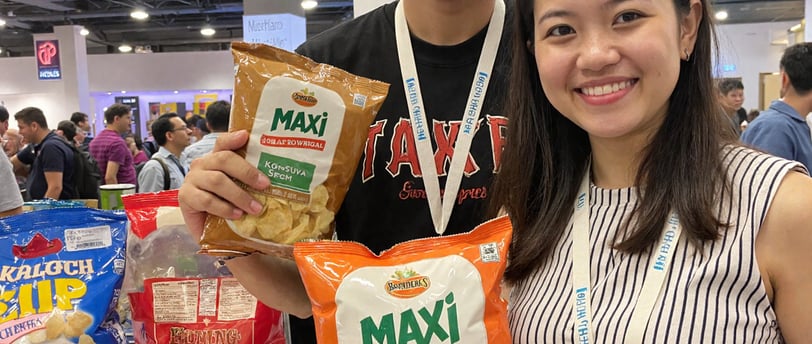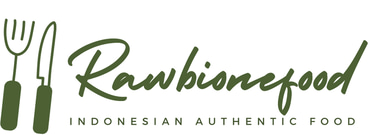Cassava Chips From Homemade Tradition to Global Market
Cassava, Chips, Global, Market
7/6/20252 min read


In the middle of Southeast Asia lies Indonesia—a country known for its gastronomic variety and street foods. One of the most common is the simple cassava chip, a crispy treat loved throughout the islands. Taking it from village kitchen staples to international store shelves, cassava chips have traveled a long distance since local markets. Here we examine how a do-it-yourself tradition has turned into an international business triumph.
Cassava (Indonesian: singkong) has been a significant crop in Indonesia since time immemorial. Introduced during colonial times, it became an indispensable source of carbohydrate, especially among rural communities. So versatile is it that many have been able to create several dishes from it, from boiled cassava and fermented tape to fried keripik singkong.
Homemade cassava chips were originally produced at home with basic ingredients: thinly sliced cassava, palm oil or coconut oil, and traditional spices such as garlic, chili, and salt. The homemade chips were usually produced in small quantities for festive occasions, religious gatherings, or as between-meal snacks by household members. Homemade cassava chips are not merely a meal. They are a part of Indonesian heritage and culture. Every region had its own version, like West Java's spicy balado cassava chips, Central Java's caramelized sweet and salty cassava chips, or Sumatra's super-thin crunchy chili powder sprinkled cassava chips. All of these versions made cassava chips a distinctive, universally adored product.
As more individuals needed the traditional snacks and tourism increased, small producers commercialized their chips. The packaging was improved to attain health and export standards, and the local markets turned into trade fairs. The home producers were also assisted in growing by government support and cooperatives at the local level. Some of the primary factors promoting this growth include low-cost and plentiful raw materials, low production costs, and decent shelf stability.
Indonesian cassava chips are now exported to Asia, Europe, the Middle East, and the United States. They are available in specialty snack shops, Asian supermarkets, and even on e-commerce platforms like Amazon and Shopee. Foreign buyers, particularly those who have dietary restrictions like gluten-free or vegan, enjoy cassava chips as a substitute for potato snacks.
Indonesian snack brands like MAXI, Makaroni Ngehe, Dua Kelinci, and Chuba are at the forefront of snack technology and international marketing. As the world increasingly turns health- and ecologically conscious, cassava chips are also catching up: baked varieties with less oil content, organic certification for export markets, biodegradable packaging to help curb the use of plastics, and flavor combinations (cheese, truffle, BBQ) to cater to foreign tastes.
As e-commerce and online branding continue to grow, the future of cassava chips is promising, not only as a snack food but as a representative of Indonesian innovation and entrepreneurship. Archipelago cassava chips have traveled a long distance—from the village kitchen to the shelves of the world. There is a tasty story about how tradition, innovation, and local pride could give rise to something that belongs to the world. So the next time you experience that crunch of satisfaction, remember, it may be a flavor of Indonesia.
PT Rawbione Pratama Membara
Connecting Indonesia's flavors to the world market.
GET IN TOUCH
Service
+62 898 8188 035
© 2025. All rights reserved.
Jl. Suka Indah Raya no. 7, Padasuka, Cimahi
Official email :
